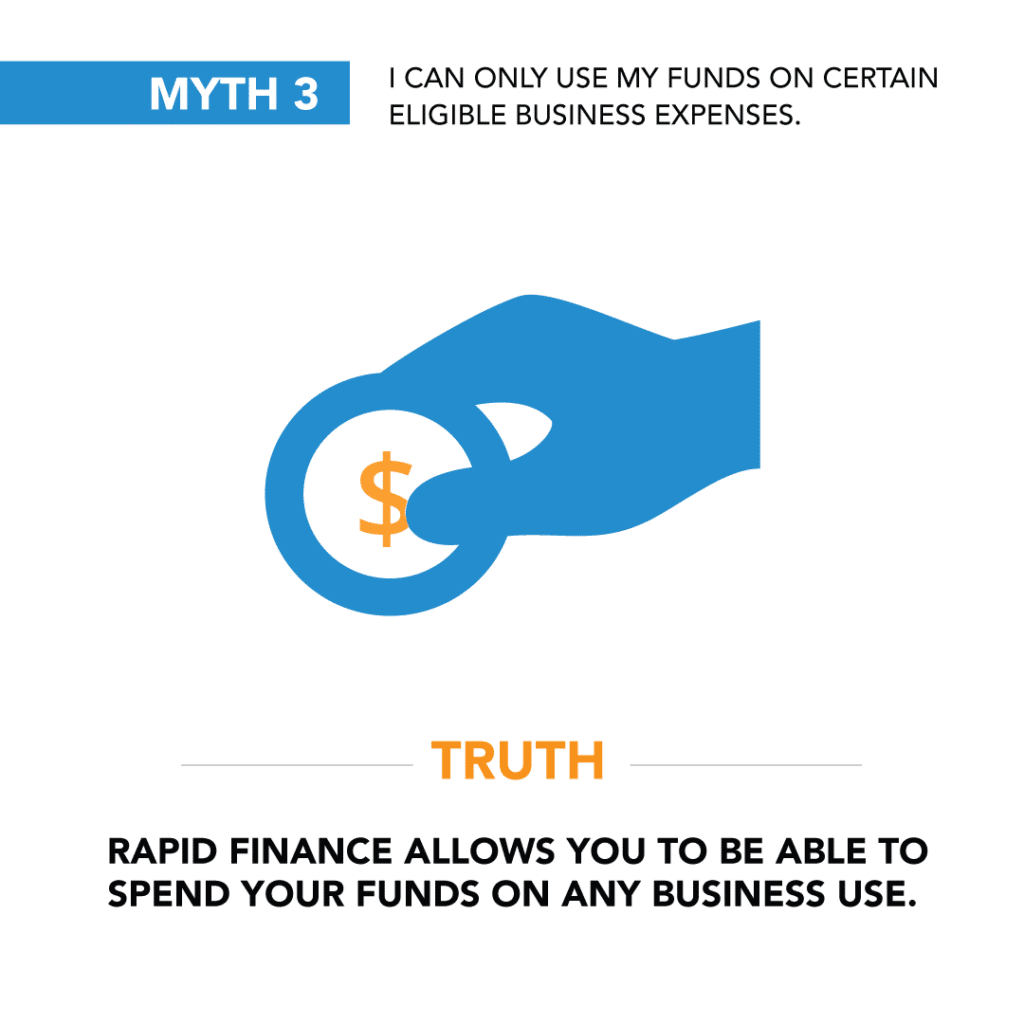It’s hard to qualify for a traditional small business loan through a bank, and it’s even more difficult to get funding through a Small Business Administration (SBA) loan. If you do make it through the 60 – 90-day application process, you still aren’t in the clear.
Traditional lenders have rules about how you spend the money from the loan, and there are serious repercussions if you don’t meet the requirements. The big question is why do banks care how funds are used once the loan is approved? And are there any other options that offer more flexibility?
The Basics of an SBA Loan
Traditional lenders, including the SBA, are not interested in taking risks. They want to be sure you will repay the money you borrowed. One of the ways they increase the likelihood that you will manage your finances properly is by putting restrictions on how proceeds from loans are used. For example, you can’t use these loans to pay off other debts. Unfortunately, as most small business owners know, sometimes that is exactly why you need the extra cash.
These are some of the programs currently offered by the SBA. As you can see, the type of loan you apply for depends on how you plan to use the money.
- SBA 7(a) Loan – Working capital up to $5 million
- SBA CDC/504 Loan – Purchase of commercial real estate that you will occupy
- SBA CAPLines – Revolving credit line that your business pays back and reuses
- SBA Export Loan – Funding specifically designed for businesses that export goods and services
- SBA Microloan – Working capital up to $50,000
- SBA Disaster Loan – Help for businesses that have been harmed by a natural disaster
The problem with these restrictions is that things change. You might need to rearrange your financial plans based on fluctuations in sales, economic ups and downs, or any number of other issues that comes up in the course of running your business. When you borrow from a traditional lender, you don’t have any flexibility. You can’t change your plans when it comes to how loan proceeds are spent. Fortunately, these restrictive programs aren’t the only option.
New Options for Small Businesses
Technology has made it possible for small business owners to connect with more lenders than ever before. Today, you have options beyond what a traditional bank or the Small Business Administration can offer. Non-traditional lenders have streamlined application processes and fast approvals, because they use technology to make things easier for you.
These lenders offer you flexibility, because they trust you to repay your loan. They understand that sometimes, you face unexpected obstacles, and you need cash quickly to keep your business afloat. Often, you can qualify for a loan, a cash advance, or a line of credit to be used as you see fit. There may also be options for more specialized products, like commercial real estate loans and bridge loans.
Rapid Finance is a leader in small business lending. Credit decisions are fast, and you don’t have to submit endless documentation. In fact, many borrowers have the funds they need in just 24 hours. Best of all, Rapid Finance doesn’t put restrictions on how you use your money. As long as it is used for your business, you can make decisions that are right for you.


